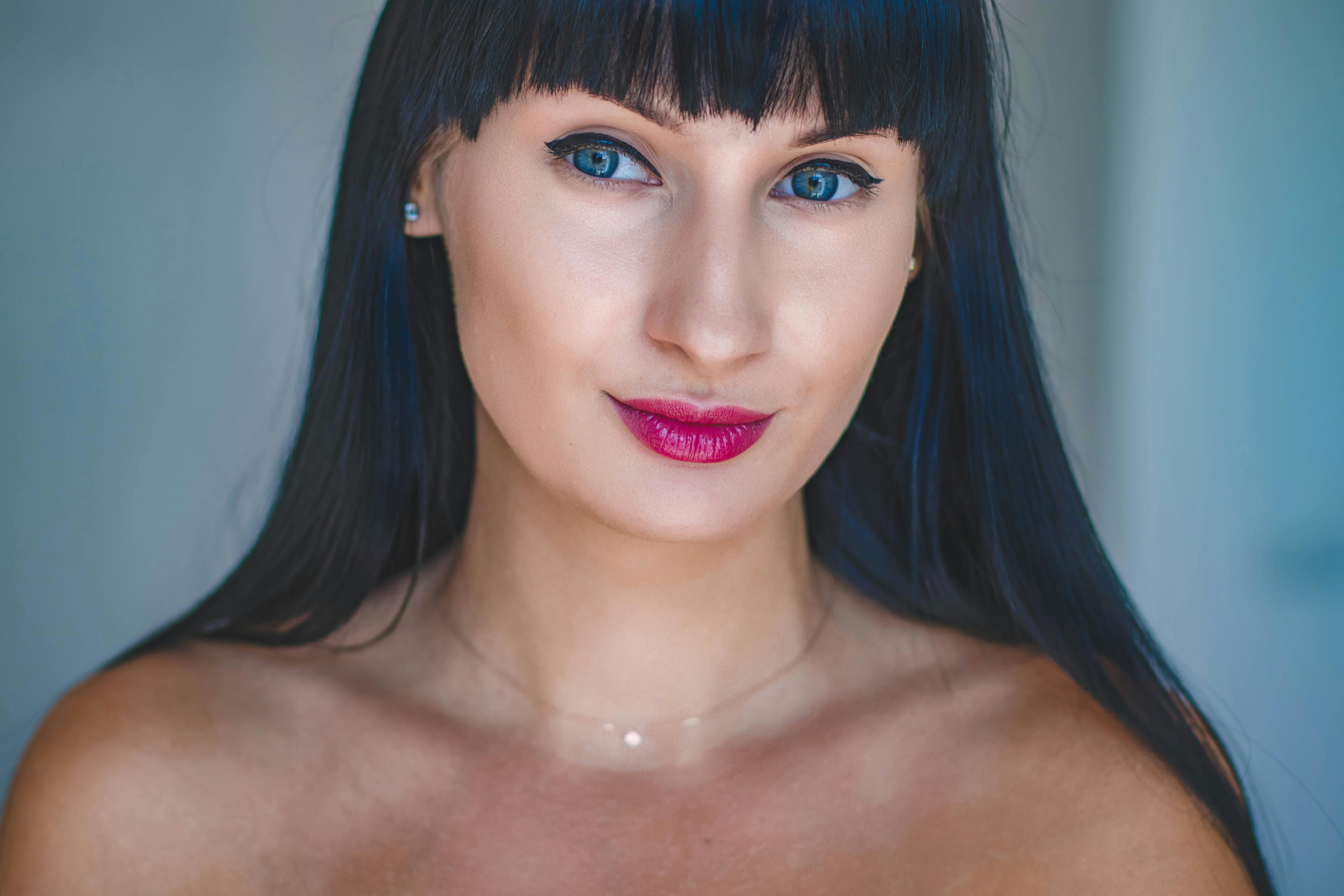Acne is an instigating skin condition, characterized by blackheads, pimples, and clogged pores. The sebaceous glands or sebaceous glands are connected to the hair follicles and release a substance known as sebum, which lubricates the skin and hair. Normally, the sebum moves up the hair follicles and reaches the skin. When the sebaceous glands produce too much oil, they combine with dead skin cells and the hair follicles become blocked and then inflamed. Most of the time, acne affects the forehead, nose, chin, trunk, cheeks, and back.
Signs of acne:
Most people think that acne is just a pimple. But the person suffering from acne may also have any of the following blemishes:
• Pimples
• Pimples
• Cysts
• Papules
• Pustules
• Nodules
Acne mostly appears on the face, but it can also appear on other parts of the body such as the chest, shoulders, neck, upper arms, buttocks, and back.
Symptoms of acne:
Acne can cause more than blemishes. Most studies showed that people who have acne can have:
• Low self-esteem: acne makes people feel bad about themselves. Due to their acne, most of them do not want to be with their friends. They often miss work and school.
• Depression: People with acne can also suffer from more than low self-esteem. Acne can lead to a medical condition called depression.
• Permanent scars: People who have acne nodules and cysts often see the scars when the acne clears. Treating acne before nodules and cysts appear can prevent scarring.
• Dark spots on the skin: When acne heals, these spots will appear. It may take a few months or years for those dark spots to disappear.
Acne treatment:
The acne treatment will aim to reduce the production of sebum, helping the skin to eliminate dead cells, so that they do not accumulate and prevent bacteria from accumulating.
• Wash your skin with a mild cleanser twice a day. Washing more frequently using face masks or scrubs can make acne worse.
• Use cosmetics and skin care products that do not contain oil. Look for products that say “non-comedogenic” or “water-based.”
• You can try over-the-counter lotions that contain salicylic acid or benzoyl peroxide.
Drug therapies:
• Topical: Topical formulations are generally the first acne treatment options. Your doctor may also recommend topical medications to treat acne. The most commonly used topical drugs include: retinoids, antibiotics, benzoyl peroxide.
• Oral: Sometimes doctors may recommend antibiotics alone or in addition to topical medications for moderate to severe acne.
Surgery and other methods:
These acne treatments can be helpful in improving the appearance of skin, which is scared by acne. Mild scars can be reduced with a chemical peel. For more severe scars, the use of dermabrasion will be helpful.
